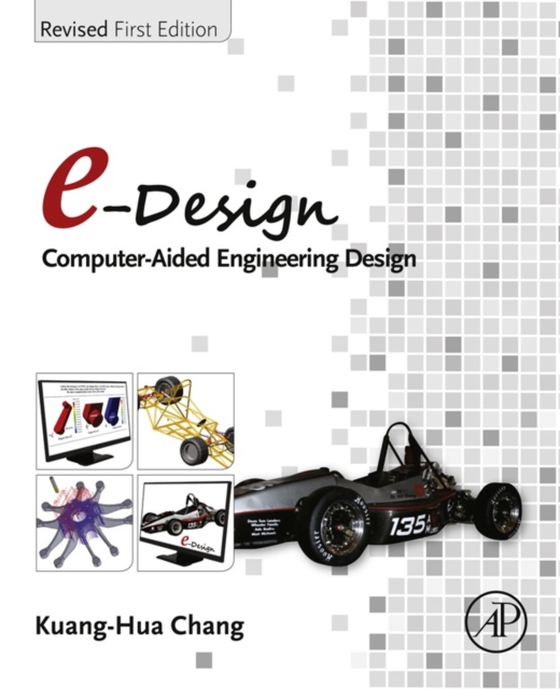
e-Design e-bog
1094,57 DKK
(inkl. moms 1368,21 DKK)
e-Design: Computer-Aided Engineering Design, Revised First Edition is the first book to integrate a discussion of computer design tools throughout the design process. Through the use of this book, the reader will understand basic design principles and all-digital design paradigms, the CAD/CAE/CAM tools available for various design related tasks, how to put an integrated system together to condu...
E-bog
1094,57 DKK
Forlag
Academic Press
Udgivet
23 februar 2016
Længde
1226 sider
Genrer
Operational research
Sprog
English
Format
epub
Beskyttelse
LCP
ISBN
9780128097366
e-Design: Computer-Aided Engineering Design, Revised First Edition is the first book to integrate a discussion of computer design tools throughout the design process. Through the use of this book, the reader will understand basic design principles and all-digital design paradigms, the CAD/CAE/CAM tools available for various design related tasks, how to put an integrated system together to conduct All-Digital Design (ADD), industrial practices in employing ADD, and tools for product development. Comprehensive coverage of essential elements for understanding and practicing the e-Design paradigm in support of product design, including design method and process, and computer based tools and technology Part I: Product Design Modeling discusses virtual mockup of the product created in the CAD environment, including not only solid modeling and assembly theories, but also the critical design parameterization that converts the product solid model into parametric representation, enabling the search for better design alternatives Part II: Product Performance Evaluation focuses on applying CAE technologies and software tools to support evaluation of product performance, including structural analysis, fatigue and fracture, rigid body kinematics and dynamics, and failure probability prediction and reliability analysis Part III: Product Manufacturing and Cost Estimating introduces CAM technology to support manufacturing simulations and process planning, sheet forming simulation, RP technology and computer numerical control (CNC) machining for fast product prototyping, as well as manufacturing cost estimate that can be incorporated into product cost calculations Part IV: Design Theory and Methods discusses modern decision-making theory and the application of the theory to engineering design, introduces the mainstream design optimization methods for both single and multi-objectives problems through both batch and interactive design modes, and provides a brief discussion on sensitivity analysis, which is essential for designs using gradient-based approaches Tutorial lessons and case studies are offered for readers to gain hands-on experiences in practicing e-Design paradigm using two suites of engineering software: Pro/ENGINEER-based, including Pro/MECHANICA Structure, Pro/ENGINEER Mechanism Design, and Pro/MFG; and SolidWorks-based, including SolidWorks Simulation, SolidWorks Motion, and CAMWorks. Available on the companion website http://booksite.elsevier.com/9780123820389
 Dansk
Dansk

